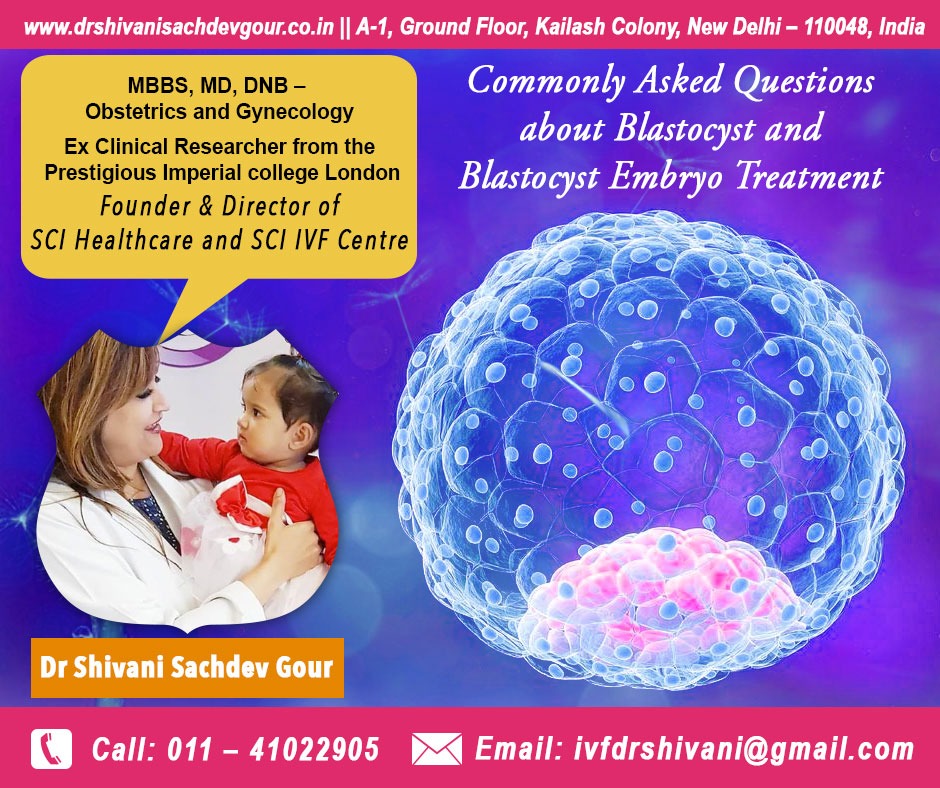Commonly Asked Questions about Blastocyst and Blastocyst Embryo Treatment
Women opting for in-vitro fertilization have lot of apprehensions. In-vitro fertilization is medical term used for the process of fertilization where eggs are combined with sperms outside the body in-vitro. The process is all about monitoring and stimulating the ovulatory process in woman. In the process ova or ovum are released from the ovaries and are fertilized in liquid generally in a lab.
Women who decide to go in for in-vitro fertilization remain apprehensive. They have a number of queries like is it good to culture embryo for 5 days or just 3 days are enough, can they give birth two multiple babies and more. Given here are certain facts that they are unaware about. Let us start with blastocyst and blastocyst embryo treatment.

What is a blastocyst?
Blastocyst is a biological term used for human embryo that is 5, 6 or 7 days old. Though day-3 embryo has routinely been transferred into the womb of women till now during the IVF treatment process, most of the expert doctors dealing with surrogacy like Dr. Shivani Sachdev Gour believe that transferring a better developed embryo which is 5, 6 or even 7 days old increases the chances of conception.
How Does a Blastocyst Look-like?
When watched under the microscope, the blastocyst is quite different and does not look like day-3 embryo. The embryo has a fluid-filled cavity right at the middle which is known as blastocoel. There is another area that has a dense collection of cells which is known as inner cell mass and it becomes a fetus. There is a third assortment of cells close to the central cavity that forms placenta.
What determines a better embryo?
An embryo that survives for 5 days or more than that is a top-grade one and has a better chance of survival. It is more viable for implantation. There are so many young embryos that do not develop up to five days or more. Future of such embryos is difficult and cannot be assessed. Blastocyst (or older embryo) transplantation is much more successful than the transfers of younger fetus that has not attained the blastocyst stage.
Is transferring blastocyst have any other advantage?
Blastocyst embryo treatment is always considered to be a better one for a successful surrogacy. Transferring blastocyst can make the things easier for the implantation. In the non-IVF reproduction a day-2 embryo comprising of normally four cells roll down the fallopian tube and reaches the uterus. Putting blastocyst into womb on day 5 or day 6 on a receptive uterus has a high success rate.
Why don’t all the IVF patients make use of blastocyst instead of 3-day transfer?
A lot depends on the factors like age, medical history and the number and embryos created during IVF cycle. So, the medical practitioners feel safer to transfer younger embryo to the uterus.
It is good to be better equipped with all the information before you go in for surrogacy and get it done only by an expert and experienced professionals.
For making a better decision, you can read Dr Shivani Sachdev Gour reviews online. Her hospital is one among the top best surrogacy hospital in Delhi.
